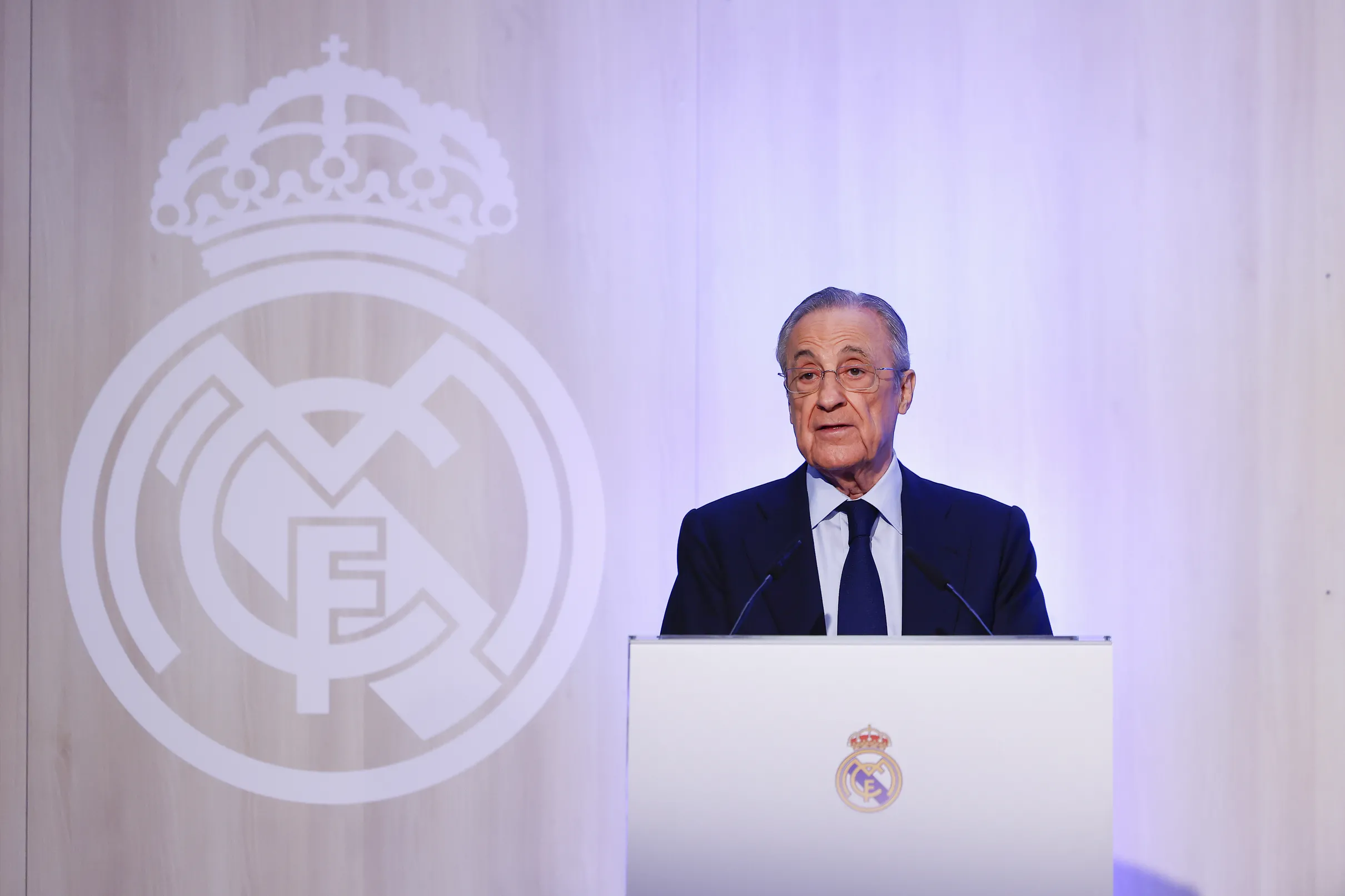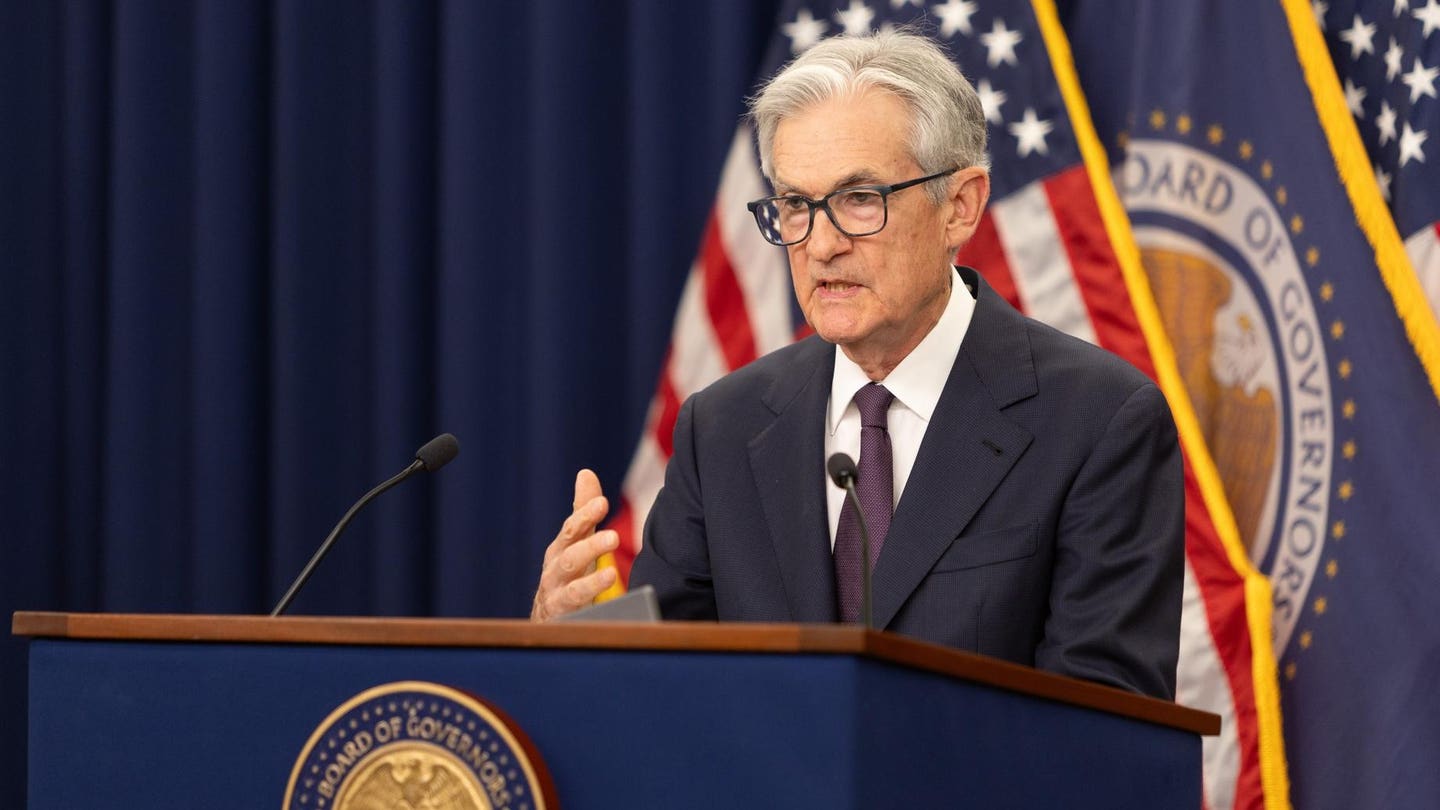Real Madrid, one of the most iconic football clubs globally, has quietly navigated its financial landscape with remarkable success post-COVID. Despite facing contrasting narratives about its financial health, the club stands as a testament to strategic financial management, especially in the context of a post-pandemic economy.
Player Salaries as a Financial Metric
Real Madrid’s disciplined approach to managing player salaries has been crucial. During the pandemic, when revenues dropped by 15-20%, the club faced a salary-to-revenue ratio exceeding 70%, a figure considered unsustainable by the European Club Association. However, in the aftermath of the 2021/2022 season, the club’s strategic focus on maintaining a hierarchical wage structure led to a reduction in the salary-to-revenue ratio. Now, it stands impressively at around 45%, even after high-profile signings like Kylian Mbappé. This financial prudence ensures that the club remains flexible and financially robust.
Transfer Fees and Amortization
Managing transfer fees through amortization has been another cornerstone of Real Madrid’s financial strategy. By spreading a player’s transfer fee over the length of their contract, the club has been able to maintain fiscal stability. In the 2020-21 season, heavy spending pushed amortization to 23% of revenue, which was unsustainable. However, measured deals have since reduced this figure to about 14%, setting a healthy industry benchmark.
Revenue Growth: The Key to Success
Real Madrid’s ability to grow its revenue streams has been instrumental in its financial success. Matchday revenues, sponsorships, and commercial partnerships have surged, doubling or tripling over the past four years. Despite stagnation in broadcasting revenue, the club has capitalized on its global brand value. Real Madrid continues to explore ways to monetize its assets, ensuring a steady influx of revenue.
The Stadium: A Revenue Engine
The Santiago Bernabéu Stadium, a centerpiece of Real Madrid’s financial strategy, is more of a revenue driver than a burden. The club secured a €1.2 billion loan for renovations at favorable interest rates below 3%, with 30-year terms. Annual payments of around €40 million are comfortably managed within the club’s financial structure. The stadium’s potential for hosting non-sporting events, though impacted by a concert-noise issue, remains a minor concern compared to its overall revenue potential.
Cash Flow and Debt Management
Real Madrid’s cash flow, ranging from €100 to €300 million annually, underlines its financial strength. The club maintains a cash reserve of €85 to €250 million, which serves as a buffer against unforeseen financial challenges. Importantly, apart from the stadium loan, Real Madrid carries virtually no other debt, ensuring a strong debt coverage ratio.
Summer 2025: Room for Investment
Looking ahead to summer 2025, Real Madrid is poised for further investment in its squad. With a salary-to-revenue ratio at 45% and amortization-to-revenue at 14%, the club can afford to invest significantly in new players. Potential player sales could further enhance this flexibility, allowing for meaningful reinforcements.
In conclusion, Real Madrid’s financial management over the past five years has positioned the club for continued success. By staying within targeted financial metrics, the club has ensured ample room for strategic investments while maintaining a robust financial structure.
Note: This article is inspired by content from https://www.managingmadrid.com/2025/5/2/24421833/stadium-debt-concert-fiasco-heres-the-truth-about-real-madrids-finances. It has been rephrased for originality. Images are credited to the original source.







